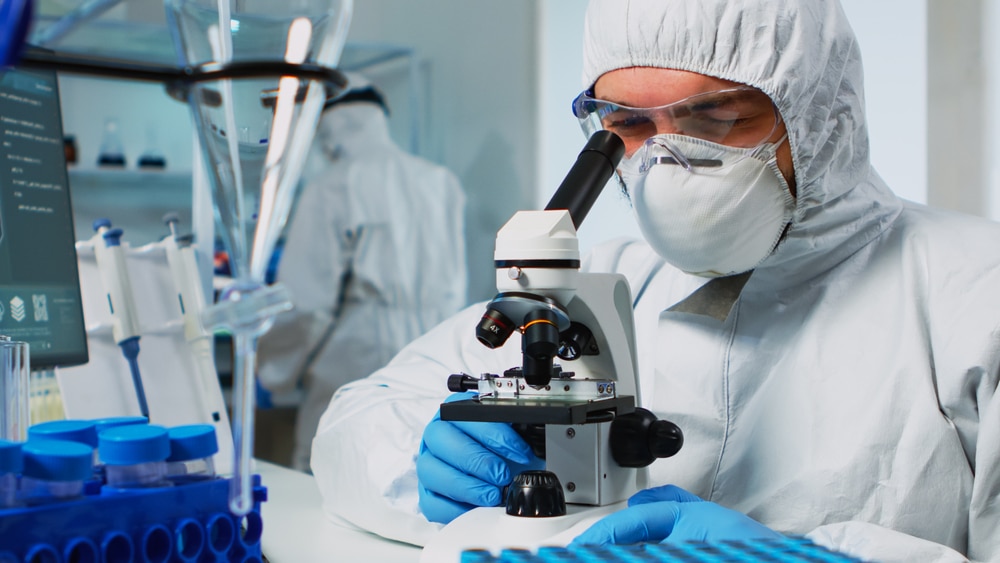In a potential breakthrough for regenerative medicine, scientists have created the first-ever living robots that can reproduce. The millimeter-sized living machines, called Xenobots 3.0, are neither traditional robots nor a species of animal, but living, programmable organisms.
Made from frog cells, the computer-designed organisms, created by a US team, gather single cells inside a Pac-Man-shaped ‘mouth’ and release ‘babies’ that look and move like their parents. Self-replicating living bio-robots could enable more direct, personalized drug treatment for traumatic injury, birth defects, cancer, aging, and more.
Xenobots are the work of biologists and computer scientists at Tufts University and the University of Vermont (UVM), who have detailed their creation in a new study. Xenobots 3.0 follow the original Xenobots, reported in 2020 as the first living robots, and Xenobots 2.0, which can self-propel using hair-like ‘legs’ called cilia and have the ability to keep memories.
‘We found Xenobots that walk. We found Xenobots that swim. And now, in this study, we’ve found Xenobots that kinematically replicate,’ said study author Joshua Bongard, a computer scientist and robotics expert at the University of Vermont. ‘We’ve discovered that there is this previously unknown space within organisms or living systems, and it’s a vast space.’
Xenobots will help develop computer-designed organisms for intelligent drug delivery, according to the team. ‘If we knew how to tell collections of cells to do what we wanted them to do, ultimately, that’s regenerative medicine – that’s the solution to traumatic injury, birth defects, cancer, and aging,’ said Michael Levin at Tufts University. READ MORE


















